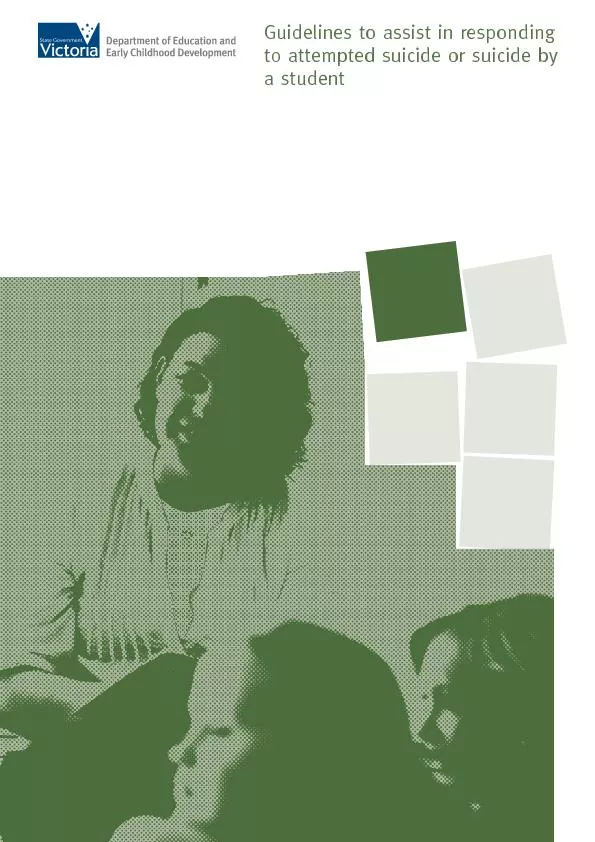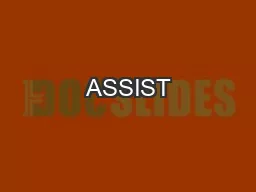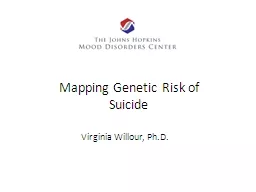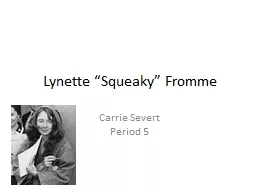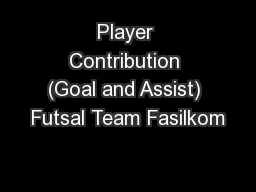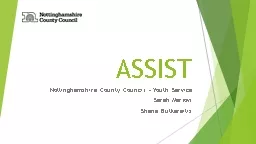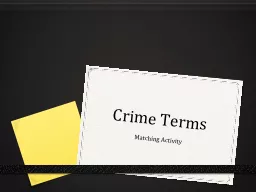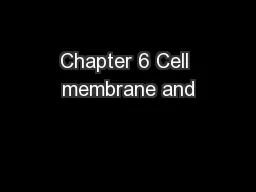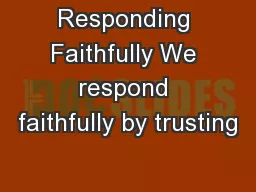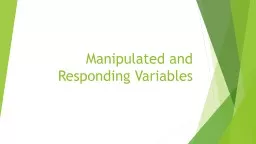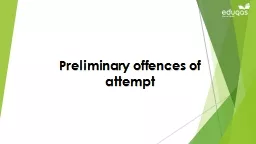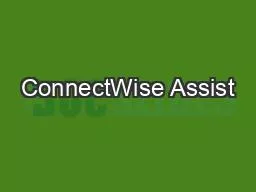PDF-Guidelines to assist in responding to attempted suicide or suicide by
Author : marina-yarberry | Published Date : 2016-05-12
2 Published by the Student Wellbeing and Engagement Division Department of Education and Early Childhood Development Melbourne February 2013
Presentation Embed Code
Download Presentation
Download Presentation The PPT/PDF document "Guidelines to assist in responding to at..." is the property of its rightful owner. Permission is granted to download and print the materials on this website for personal, non-commercial use only, and to display it on your personal computer provided you do not modify the materials and that you retain all copyright notices contained in the materials. By downloading content from our website, you accept the terms of this agreement.
Guidelines to assist in responding to attempted suicide or suicide by: Transcript
Download Rules Of Document
"Guidelines to assist in responding to attempted suicide or suicide by"The content belongs to its owner. You may download and print it for personal use, without modification, and keep all copyright notices. By downloading, you agree to these terms.
Related Documents

